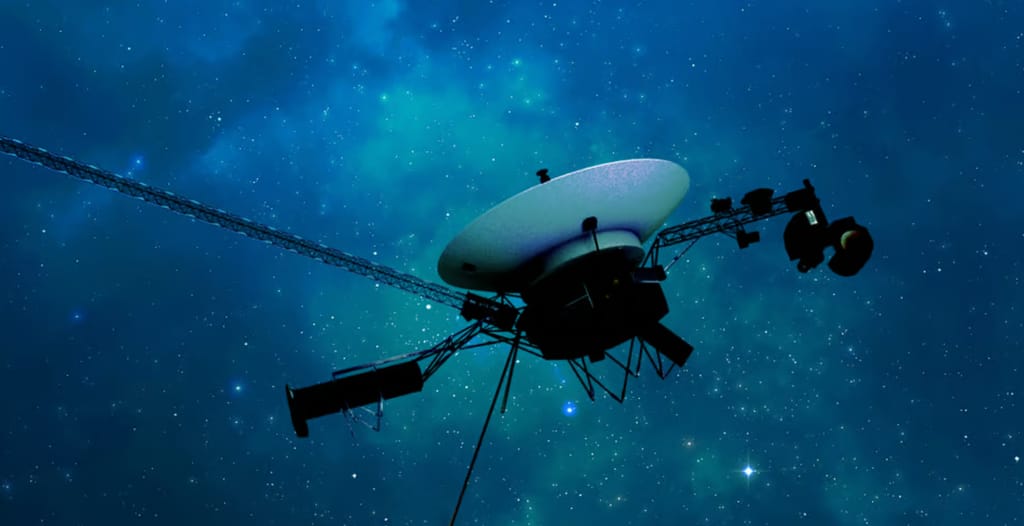
After five months of radio silence, the National Aeronautics and Space Administration’s (NASA) Voyager 1 spacecraft has returned from the dead.
In an outstanding exhibition of problem-solving, a team of mission engineers created a workaround for a critical computer chip that failed, causing the 46-year-old spaceship to only beam back an indecipherable repeating pattern of code.
What happened to NASA’s Voyager 1?
Since November last year, Voyager 1’s flight data system has been stuck in a loop. The spaceship, which is almost 15 billion miles away from Earth, began broadcasting gibberish that NASA couldn’t understand. The data obtained was worthless, and the scientists were unable to evaluate the health of Voyager 1.
Months later, in March, the Voyager engineering team at NASA’s Jet Propulsion Laboratory in Southern California determined that the “issue was tied to one of the spacecraft’s three onboard computers, called the flight data subsystem (FDS).”
“The FDS is responsible for packaging the science and engineering data before it’s sent to Earth,” reports NASA.
They discovered that a single chip responsible for storing a chunk of the FDS memory was not functional.
Despite their age, Voyager 1 and 2 are among humanity’s finest achievements
NASA scientists found an innovative solution for the aging spacecraft’s defective chip: they rewrote the corrupted software from scratch and moved it piecemeal into unaffected portions of the probe’s computer memory.
The crew began its search for a solution by “singling out the code responsible for packaging the spacecraft’s engineering data,” and sending “it to its new location in the FDS memory on April 18.”
According to the space agency, “a radio signal takes about 22 ½ hours to reach Voyager 1, which is over 15 billion miles (24 billion kilometres) from Earth, and another 22 ½ hours for a signal to come back to Earth.”
“When the mission flight team heard back from the spacecraft on April 20, they saw that the modification worked: For the first time in five months, they have been able to check the health and status of the spacecraft,” the space agency said in a statement.
Despite their age, Voyager 1 and 2 are among humanity’s finest achievements. The twin Voyager spacecraft “is the longest-running and most distant spacecraft in history.”
